Induction heating technology has found widespread applications in the melting and continuous casting of nonferrous metals. This advanced heating technique offers a spectrum of advantages, including heightened production efficiency, reduced energy consumption, and enhanced product quality. This blog delves into the technical applications and process flow of induction heating in the melting of nonferrous metals, providing insights into the technology's broad scope and benefits.
Technical Applications of Induction Heating in Nonferrous Metal Melting
Induction heating is extensively applied in the melting of nonferrous metals, offering technological solutions across various industries. Here are key technical applications:
Precise Temperature Control
Induction heating ensures precise temperature control during the melting process, contributing to the creation of alloys with specific compositions. This precision is crucial in industries where the exact metallurgical properties of nonferrous metals play a significant role.
Alloy Production
The ability of induction heating to precisely regulate temperature facilitates the production of alloys with consistent and controlled compositions. This is particularly important in applications where specific alloy properties are required, such as in the aerospace or electronics industries.
Casting and Molding
Induction heating is employed in the casting and molding processes of nonferrous metals, enabling efficient and controlled melting for improved casting quality. The technology's rapid and uniform heating characteristics contribute to the overall efficiency of these processes.
Heat Treatment
Beyond melting, induction heating is utilized for heat treatment processes in nonferrous metals. This includes annealing and tempering, enhancing the mechanical properties of the metals and ensuring their suitability for various applications.
Process Flow of Induction Heating in Nonferrous Metal Melting
Understanding the process flow of induction heating in the melting of nonferrous metals is crucial for comprehending its effectiveness. The typical process includes the following key steps:
Material Preparation: Nonferrous metal materials are prepared for the induction heating process.
Induction Heating: Electromagnetic induction is initiated, generating heat within the material and raising its temperature to the desired melting point.
Melting: The nonferrous metal undergoes melting, facilitated by the precise temperature control provided by the induction heating system.
Casting or Further Processing: Once melted, the material can be cast into molds or undergo additional processing steps based on the intended application.
In conclusion, induction heating stands out as a technology of paramount importance in the melting of nonferrous metals. Its technical applications span various industries, contributing to the production of high-quality alloys, efficient casting processes, and enhanced mechanical properties through heat treatment. Understanding the advantages and process flow of induction heating nonferrous metal melting equips industries with valuable insights into its application scope and the benefits it brings to the forefront of metallurgy.

 en
en  cn
cn  jp
jp  ko
ko  de
de  es
es  it
it  ru
ru  pt
pt  th
th  vi
vi  pl
pl 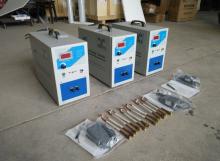
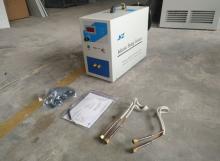
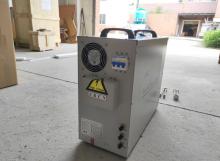
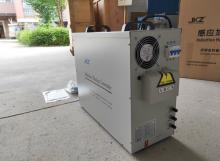
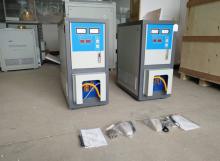
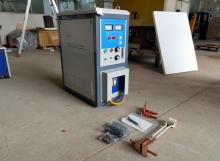
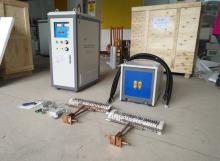
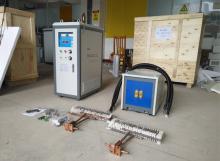
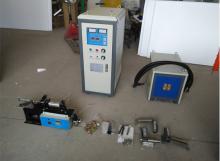
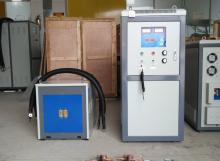
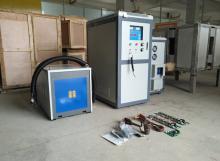
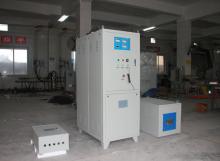
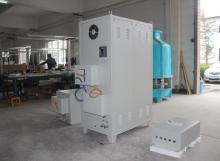
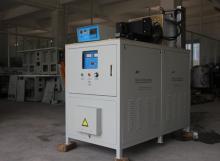
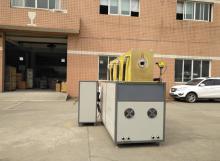
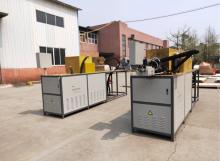
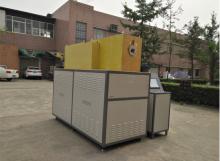
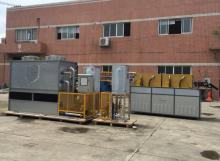
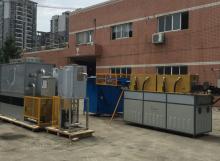
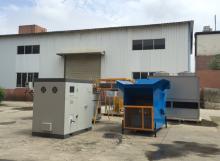
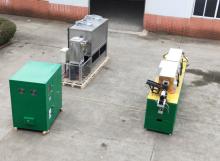
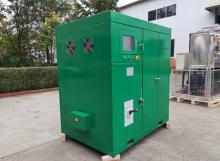
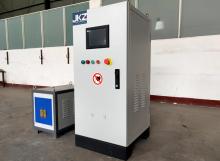
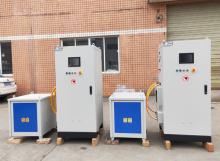
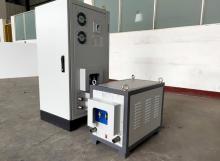
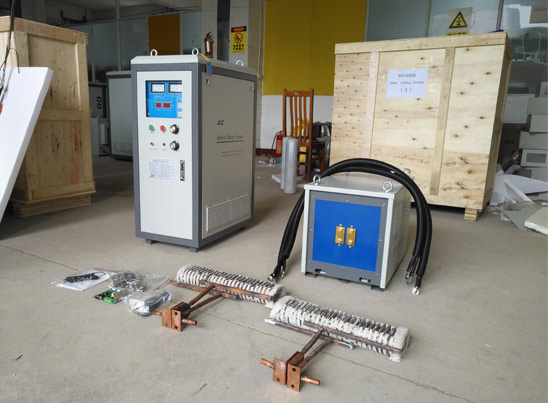
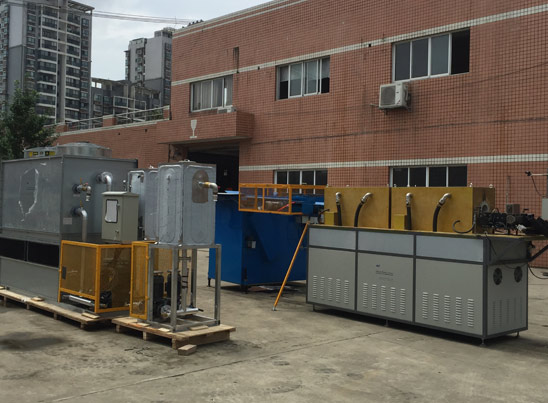
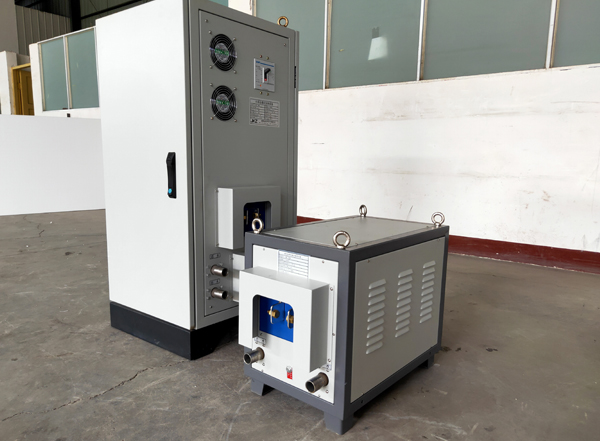


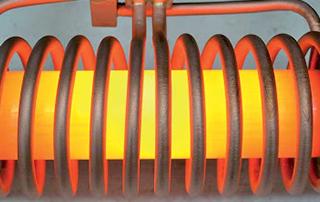

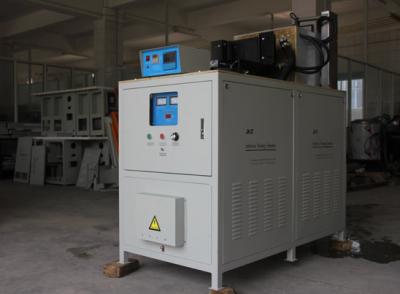
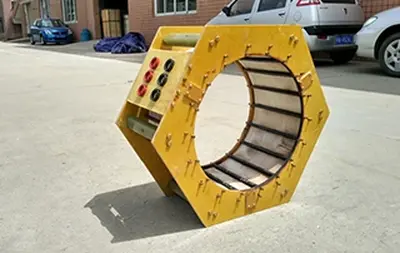
 Call us on:
Call us on:  Email Us:
Email Us:  NO. 688th South Baoguang Road, Xindu District, Chengdu City, Sichuan Province, China
NO. 688th South Baoguang Road, Xindu District, Chengdu City, Sichuan Province, China